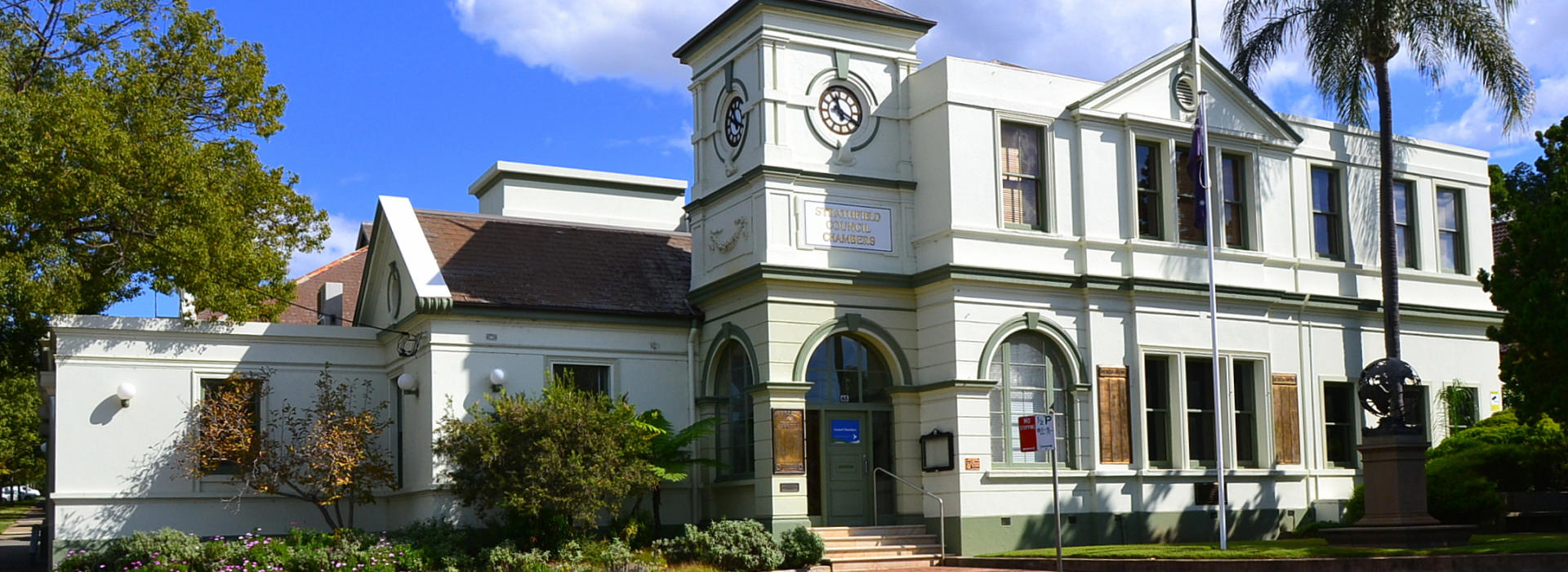
Selecting and Planting Trees
Care should be taken when choosing a location to plant your tree. To assist you in selecting trees for your property, Council has compiled a list of trees that you may wish to consider. Also bear in mind factors like overshadowing of neighbours, electricity wires, and underground drains and sewers.
Trees should not be planted closer than 2.5 metres to a property boundary or structure.
Council has no legal ability to control tree planting on private property, except where this is associated with a condition of development approval. If your neighbour’s trees are causing or likely to cause damage to your property, and your neighbour is uncooperative, you should seek advice from the Community Justice Centre or alternatively your solicitor.
To request a new tree for your nature strip, please contact Council’s Customer Service Centre on 9748 9999.
Selecting trees for your garden should be a planned process. You should be aware of the end result before you start planting. Several factors should be considered when selecting suitable plant species for your garden:
- Plan your garden for the benefits that trees and shrubs can offer both you and the amenity of your suburb. Native plants are generally more suited to our climatic regimes.
- Plant larger trees in positions which shall accommodate their size at maturity. Plant evergreen trees in positions that shall give summer shade where required.
- Plant deciduous trees where winter sun as well as summer shade is a requirement.
- Consider any adverse effects on neighbouring properties during the planning stages.
- When building or extending your home, take advantage of any existing trees and incorporate them into future landscaping.
- Refrain from planting large trees under power lines or over drainage lines. Shrubs or small trees are more suitable in such instances.
Please Note: Tree root entry into terracotta drainage pipes may indicate pipe failure or leakage prior to the tree root entry. Installation of PVC drainage pipes is recommended as a preferable alternative to clay pipes.
These considerations should be taken into account when choosing the type and placement of plants in your garden so that the greatest benefit to both your home and neighbourhood can be achieved. This guide is a companion to other literature produced by Council on the selection and care of plants including Council’s Recommended Tree List (download below), and should also be referred to when considering the choice of plants for your garden.
Plants to Avoid
There are a number of plants that should be avoided when selecting species for your garden. Some have been declared priority weeds throughout NSW or in Strathfield Municipality, while others are considered problem plants due issues such as their potential to develop vigorous root growth. The following list represents those trees considered to be the most common problem species.
Council recommends these plants are avoided were possible. For alternative species, please head to Grow Me Instead. For issues with neighbouring trees, please refer to Trees on Neighbouring Property.
| Common Name | Genus Name |
|---|---|
| Coral Tree | Erythrina sp. |
| Rubber Tree | Ficus elastica |
| Holly | Ilex sp. |
| Privit | Ligustrum sp. |
| Oleander | Nerium oleander |
| Bamboo | Phyllostachus sp. |
| Poplars | Populus sp. |
| Umbrella Trees | Schefflera actinophylla |

